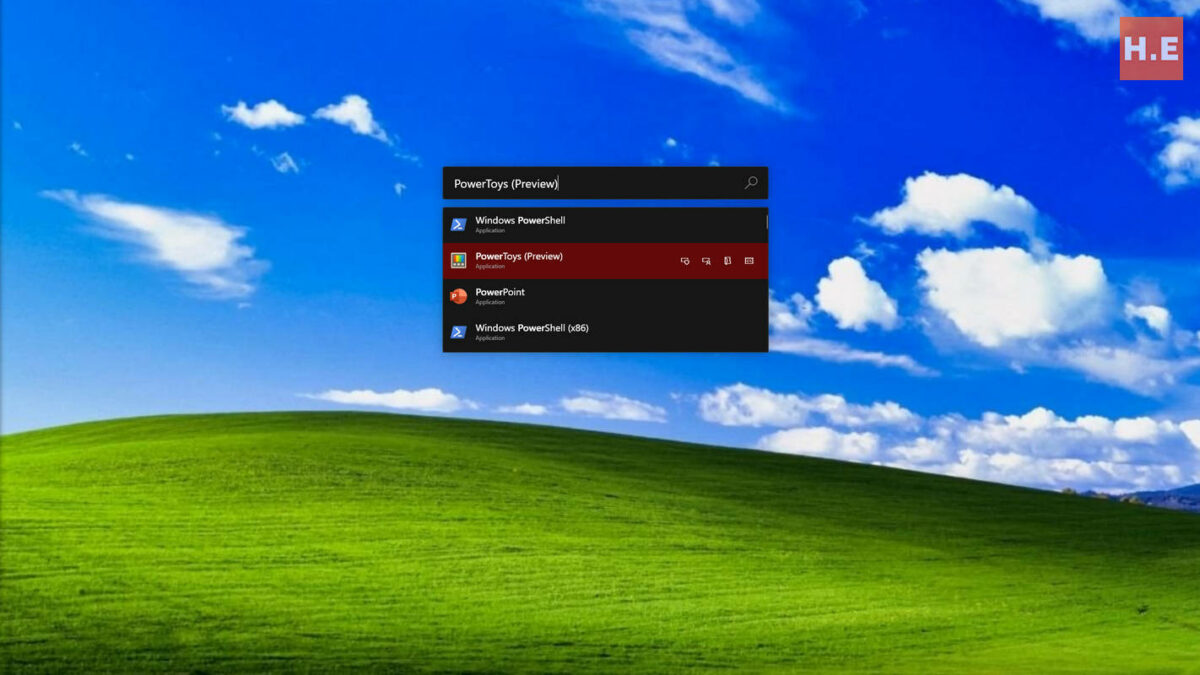In the ever-evolving landscape of operating systems, few have left as lasting an impact on efficiency and productivity as Windows XP. Launched by Microsoft in 2001, Windows XP quickly became synonymous with a new era of computing, introducing a plethora of features that redefined how users interacted with their digital environments. This comprehensive exploration delves into the productivity powerhouse that Windows XP became, unraveling the features that transformed it into an efficiency benchmark.
1. The Start Menu: A Gateway to Efficiency
At the core of Windows XP’s efficiency lay the redesigned Start menu, a navigational hub that streamlined access to applications, documents, and system utilities. The intuitive layout of the Start menu provided users with a centralized location for launching programs and accessing essential functions, optimizing the overall user experience. This marked a departure from the cluttered interfaces of earlier operating systems, setting a new standard for organizational efficiency.
2. Taskbar Innovations: Multitasking Made Simple
Windows XP revolutionized multitasking with its redesigned taskbar, offering users an efficient way to manage open applications. The introduction of grouped taskbar buttons minimized clutter, allowing users to easily switch between related windows. Additionally, the Quick Launch toolbar provided a convenient space for users to pin frequently used applications, further enhancing accessibility and productivity.
3. File and Folder Management: Streamlining Organization
Windows XP introduced notable improvements in file and folder management, elevating the efficiency of organizing and accessing data. The refined Windows Explorer featured an updated interface with a more intuitive layout, making it easier for users to navigate and manage their files. The introduction of the “Search Companion” enhanced file search capabilities, enabling users to locate specific documents or folders swiftly.
4. Fast User Switching: Seamless User Transitions
Recognizing the increasing prevalence of multiple-user scenarios, Windows XP introduced Fast User Switching. This feature allowed users to switch between user accounts without logging off, enabling a seamless transition between different user sessions. Fast User Switching was particularly beneficial in shared computing environments, enhancing productivity by eliminating the need for repeated logins and logouts.
5. Enhanced System Stability: Reliability Reinvented
Windows XP marked a significant leap forward in system stability and reliability. The operating system incorporated the Windows Driver Model (WDM), a standardized framework for device drivers that contributed to system stability by preventing conflicts and crashes. The enhanced stability of Windows XP meant fewer system crashes and a more robust computing experience, ultimately boosting productivity by minimizing disruptions.
6. Remote Desktop: Empowering Remote Collaboration
In a nod to the increasing need for remote collaboration, Windows XP introduced Remote Desktop functionality. This feature enabled users to access their computers remotely, fostering a collaborative environment by allowing for seamless interaction with a home or office computer from any location. Remote Desktop became a cornerstone for businesses and individuals alike, redefining the possibilities of remote work.
7. Offline Files and Folders: Productivity Beyond Connectivity
Windows XP addressed the challenge of working in environments with intermittent or limited connectivity through the Offline Files and Folders feature. This functionality allowed users to access and work on files stored on network servers even when disconnected, syncing changes once a connection was reestablished. This feature was a boon for professionals who needed to maintain productivity while on the move or in areas with unreliable network access.
8. Speech Recognition: A Step Towards Hands-Free Productivity
Windows XP took a step towards hands-free computing with its integrated Speech Recognition capabilities. While not as advanced as contemporary solutions, this feature allowed users to control their computers and dictate text using voice commands. Although not widely adopted at the time, the inclusion of Speech Recognition laid the groundwork for the voice-activated technologies that are now commonplace in modern computing.
9. Accessibility Features: Inclusive Productivity
Windows XP demonstrated a commitment to inclusivity by incorporating a range of accessibility features. The Narrator, Magnifier, and On-Screen Keyboard empowered users with visual or motor impairments to access and navigate the system effectively. By prioritizing accessibility, Windows XP expanded its user base and contributed to a more inclusive digital environment.
10. Enduring Legacy: A Blueprint for Modern Efficiency
As we reflect on the legacy of Windows XP, it becomes evident that its efficiency innovations have left an enduring mark on the world of operating systems. Many of the features introduced in Windows XP have become standard elements of modern computing interfaces, shaping the way users interact with their devices. The productivity powerhouse that Windows XP embodied continues to influence the design philosophies of contemporary operating systems, emphasizing the importance of efficiency in enhancing the user experience.
Conclusion: Windows XP’s Enduring Impact on Efficiency
In conclusion, Windows XP stands as a testament to the power of efficiency in computing. Its innovative features, from the redesigned Start menu to advanced multitasking capabilities, have set a benchmark for what users expect from an operating system. The enduring impact of Windows XP on productivity serves as a reminder that even in the rapidly evolving world of technology, the principles of efficiency and user-centric design remain timeless. Windows XP, with its productivity powerhouse, remains an influential chapter in the evolution of operating systems.
